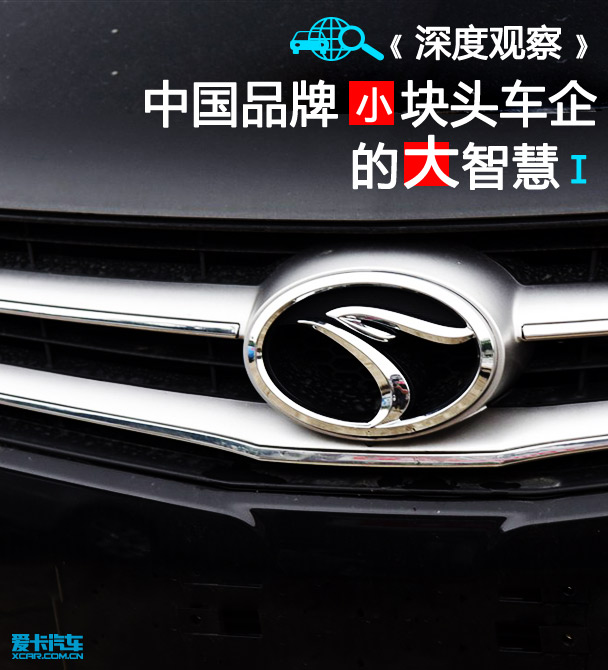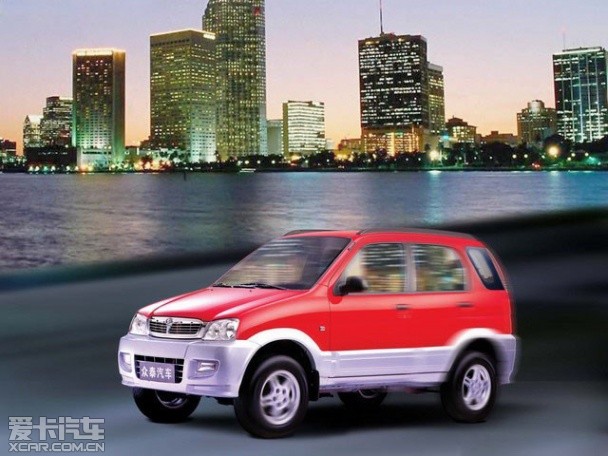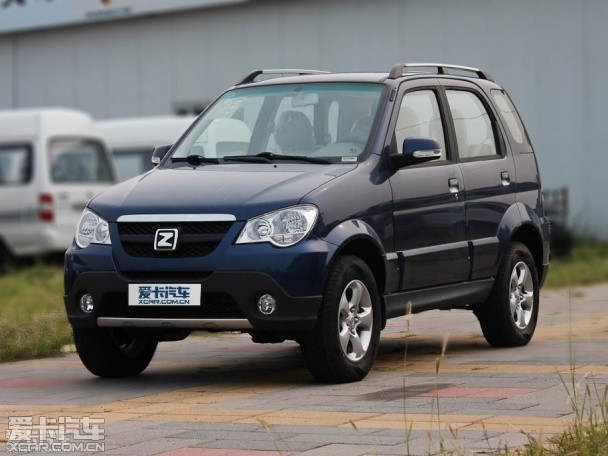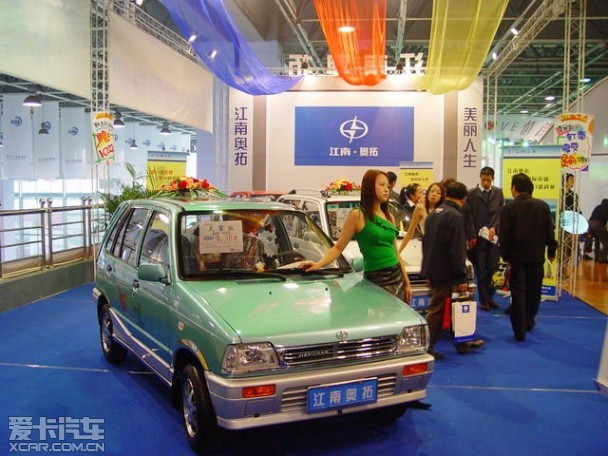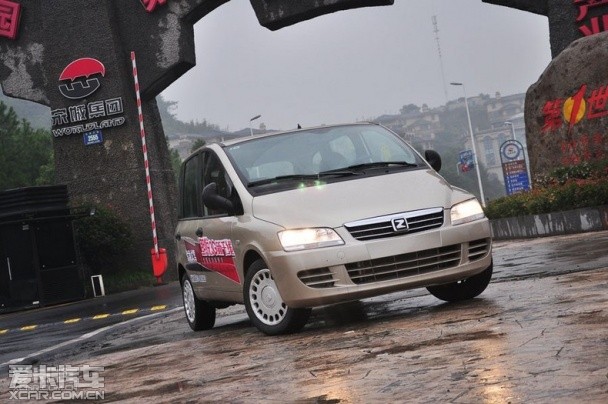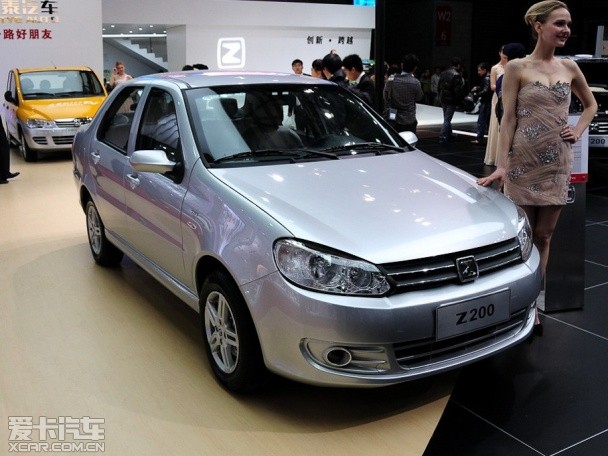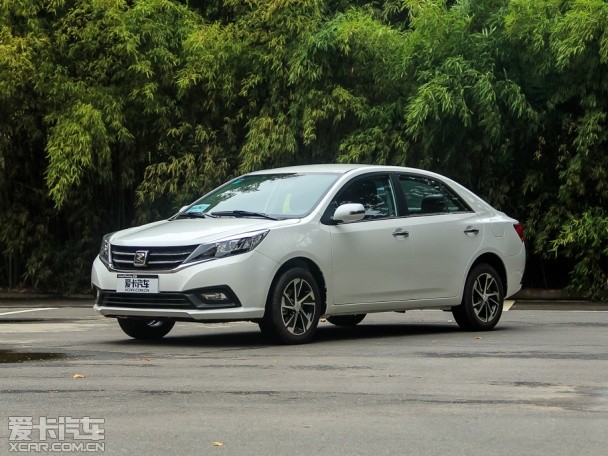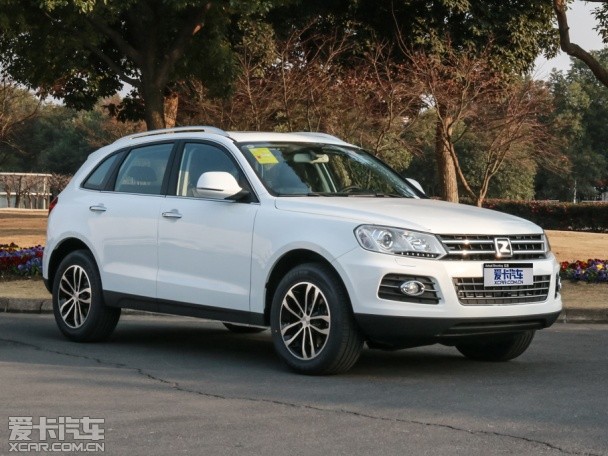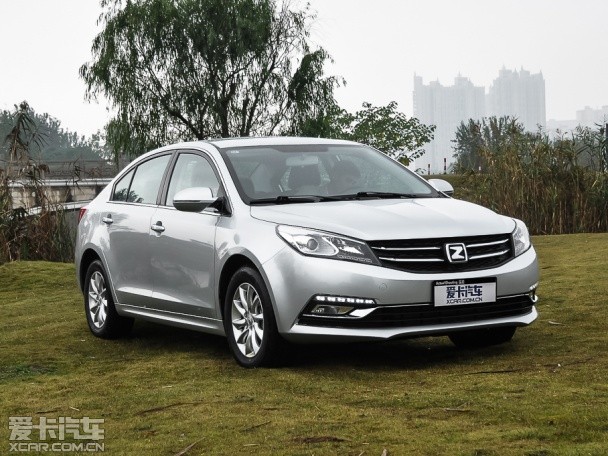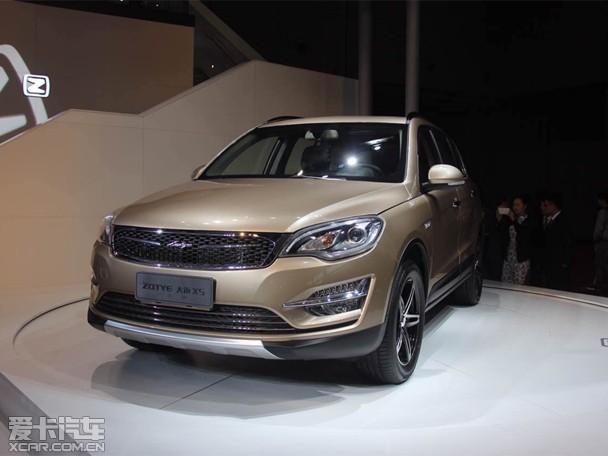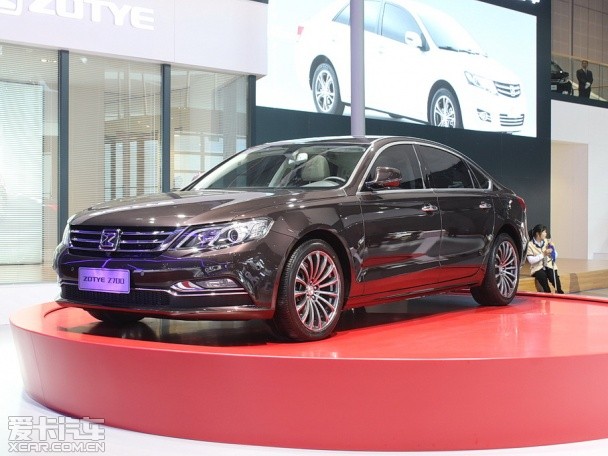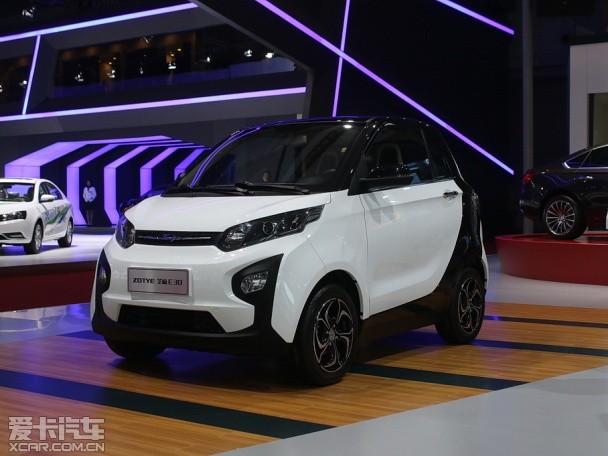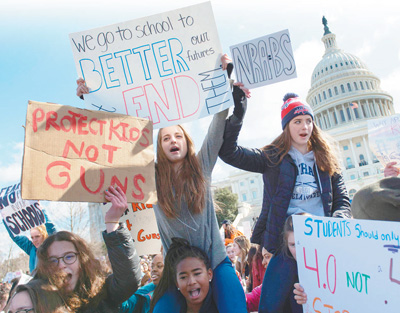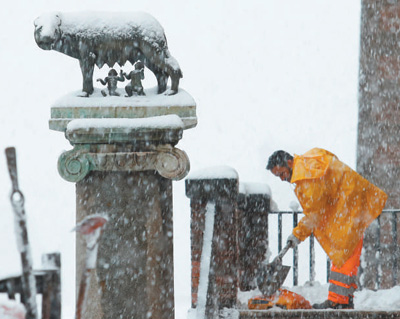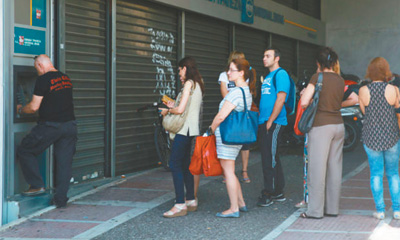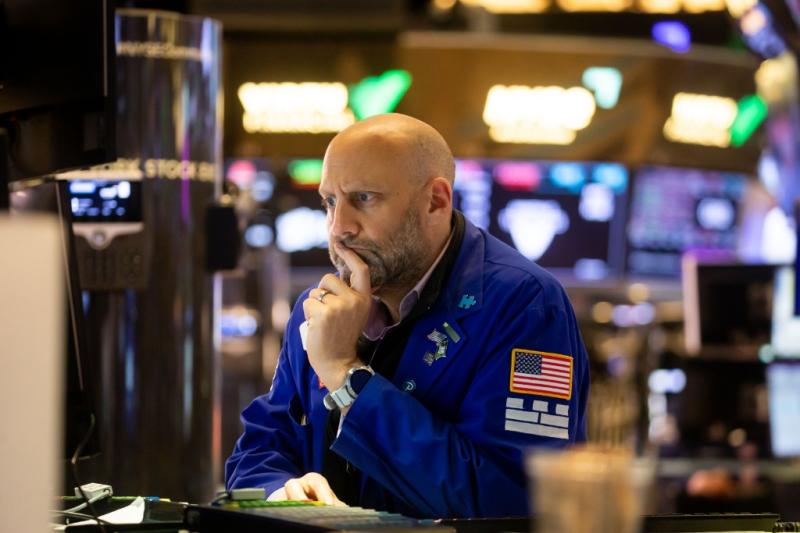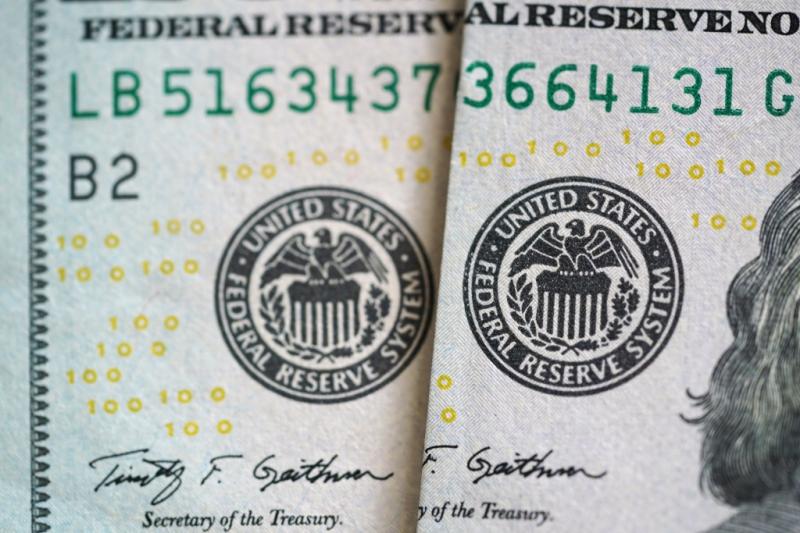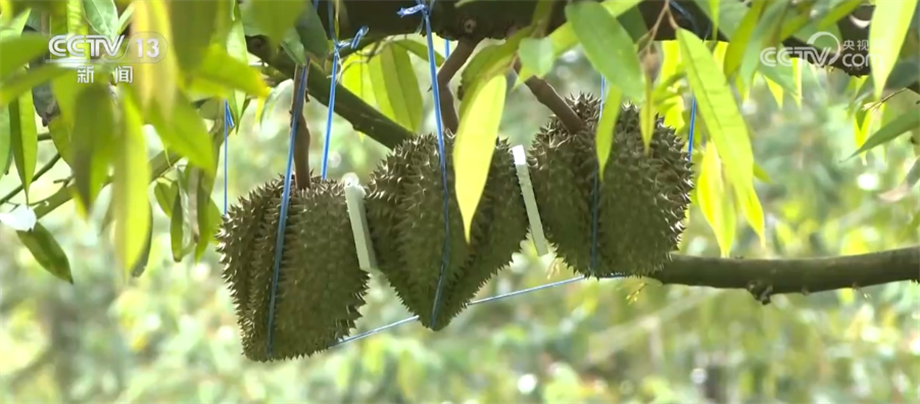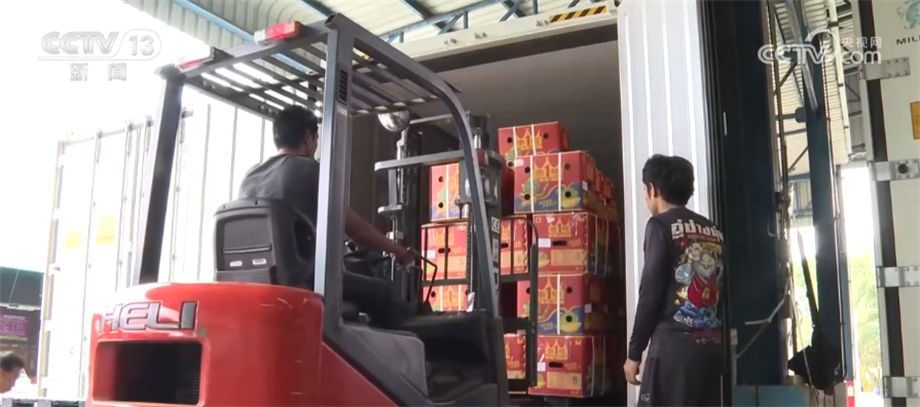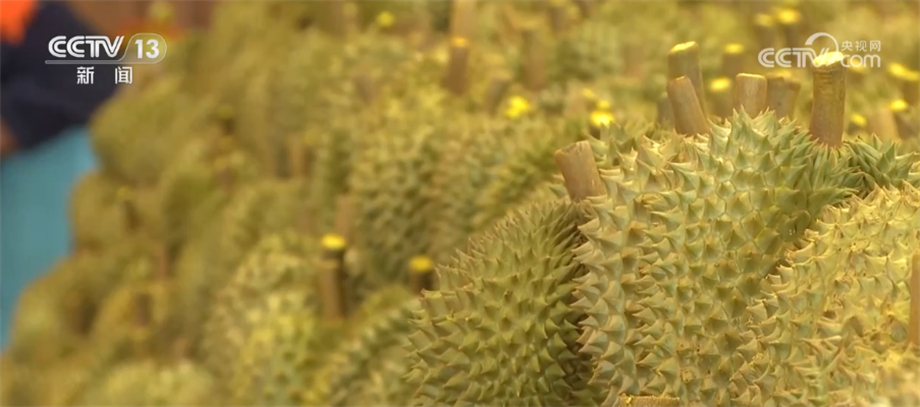Tianjin Bureau of Statistics National Bureau of Statistics Tianjin Survey Corps
March 1, 2019
In 2018, under the guidance of Socialism with Chinese characteristics Thought of the Supreme Leader in the New Era, Tianjin thoroughly implemented the spirit of the 19th National Congress of the Communist Party of China and the Second and Third Plenary Sessions of the 19th Central Committee, took the important requirements of "three efforts" put forward by the General Secretary of the Supreme Leader as the key link, adhered to the general tone of striving for progress in stability, thoroughly implemented the new development concept, took the initiative to do a good job in stabilizing employment, finance, foreign trade, foreign investment and expectations. The overall economic operation has remained stable, structural optimization has been continuously promoted, quality and efficiency have been steadily improved, market vitality has been continuously enhanced, people’s livelihood has improved significantly, and a high-quality development trend is taking shape.
I. Synthesis
In 2018, the city’s gross domestic product (GDP) was 1,880.964 billion yuan, an increase of 3.6% over the previous year. Among them, the added value of the primary industry was 17.271 billion yuan, up by 0.1%; The added value of the secondary industry was 760.981 billion yuan, an increase of 1.0%; The added value of the tertiary industry was 1,102.712 billion yuan, an increase of 5.9%. The tertiary industrial structure is 0.9:40.5:58.6.
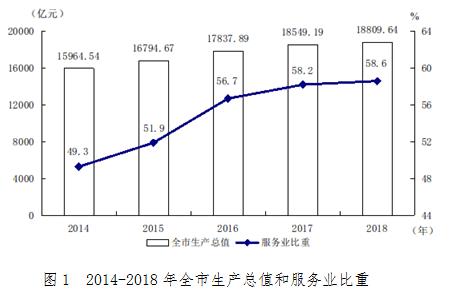
The quality of fiscal revenue has improved significantly.The annual general public budget revenue was 210.619 billion yuan. Among them, the tax revenue was 162.484 billion yuan, accounting for 77.2% of the general public budget revenue, an increase of 7.7 percentage points over the previous year. From the perspective of main taxes, the value-added tax was 69.843 billion yuan, an increase of 6.7%; Enterprise income tax was 31.951 billion yuan, an increase of 3.1%; Personal income tax was 12.978 billion yuan, an increase of 11.4%. The annual general public budget expenditure was 310.453 billion yuan. Among them, social security and employment expenditure was 50.408 billion yuan, up by 9.7%; Education expenditure was 44.667 billion yuan, an increase of 3.3%; Medical and health expenditure was 19.255 billion yuan, an increase of 5.7%; Expenditure on housing security was 9.171 billion yuan, an increase of 43.1%.
The annual task of supply-side structural reform was fully implemented.De-capacity has been solidly promoted. In the fourth quarter of 2018, the utilization rate of industrial capacity above designated size in the city was 78.5%, up by 1.4 percentage points over the same period of last year, crude steel output increased by 6.4%, down by 13.4 percentage points over the previous year, and pig iron output decreased by 0.5%. The effect of deleveraging was remarkable. At the end of 2018, the asset-liability ratio of industrial enterprises above designated size was 57.9%, down by 1.9 percentage points from the end of last year, which was the lowest level since 2013. The cost of enterprises has been gradually reduced, and a new batch of cost reduction policies and measures have been introduced. The introduced cost reduction policies and measures have reduced the burden on enterprises by about 60 billion yuan throughout the year. In 2018, the income cost of the main business of industrial enterprises above designated size was 84.01 yuan, a decrease of 0.91 yuan over the previous year.
The private economy remains active.Firmly establish the concept of "industry first, entrepreneurs first", fully implement the "Tianjin Eight Articles" and 61 implementation rules, the business environment continues to improve, and market players continue to increase. In 2018, there were 221,100 newly registered market entities in the city, including 218,800 private market entities, accounting for 98.9% of the city’s total, with 599 newly registered daily. The development momentum in major areas is good. The added value of the city’s private economy was 855.176 billion yuan, up by 1.5%, accounting for 45.5% of the city’s economy. The industrial added value of private industrial enterprises above designated size increased by 2.5%, and the total industrial output value increased by 8.3%, which were 6.6 and 6.7 percentage points faster than the previous year, accounting for 22.8% and 31.3% of the city’s industry respectively. Private investment increased by 4.4%, 10 percentage points faster than that of the whole city. Among them, private investment in real estate development and operation increased by 30.5%, leasing and business services increased by 99.2%, electricity, heat, gas and water production and supply increased by 56.6%, and transportation, warehousing and postal services increased by 2.1%. The export of private enterprises increased by 42.0%, which was 33.4 percentage points faster than the city’s export, accounting for 32.7% of the city’s export.
Consumer prices rose moderately.In 2018, the city’s consumer price rose by 2.0%, down 0.1 percentage point from the previous year. Among them, food prices rose by 3.4% and non-food prices rose by 1.7%; Consumer goods prices rose by 2.3% and service prices rose by 1.6%.
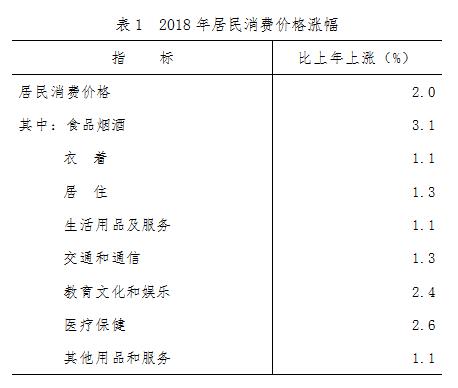
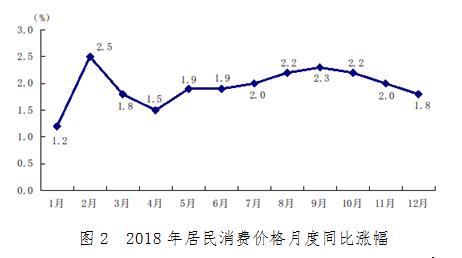
The price increase of industrial producers has dropped.In 2018, the ex-factory price of industrial producers in the city rose by 5.4%, down 3.0 percentage points from the previous year; The purchase price of industrial producers rose by 6.2%, down by 4.9 percentage points.
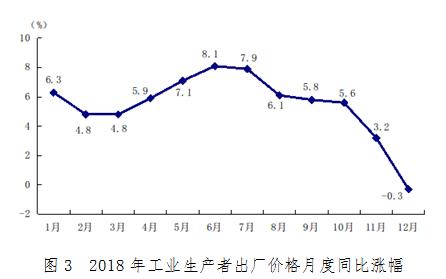
Second, agriculture
Agricultural production is basically stable.The total agricultural output value for the whole year was 39.100 billion yuan, down 0.2% from the previous year. Among them, the output value of planting industry was 18.775 billion yuan, down by 3.4%; The forestry output value was 1.273 billion yuan, an increase of 50.2%; The output value of animal husbandry was 9.645 billion yuan, down by 4.8%; The fishery output value was 8.04 billion yuan, an increase of 18.7%; The output value of agriculture, forestry, animal husbandry and fishery services was 1.367 billion yuan, an increase of 7.5%. The plan to revitalize Xiaozhan Rice was launched, and the supply of major "vegetable basket" products such as vegetables, meat, eggs and milk remained stable.
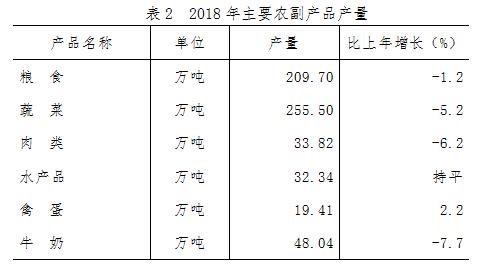
Modern urban agriculture has developed rapidly.The strategic plan for rural revitalization in our city was issued, and the "six systems" of industrial development, reform and innovation, people’s livelihood security, environmental construction, rural governance and policy support were established. New formats such as pastoral complexes, modern agricultural industrial parks, and shared farms have been accelerated, and the number of demonstration bases for breeding applications of the Internet of Things has reached 800. Ten Sino-Israeli agricultural science and technology cooperation demonstration parks will be built, and 100 large-scale standardized facilities parks and 10 green recycling animal products production bases will be built. There are 182 leading rural enterprises at or above the municipal level, and 79 specialized villages with one village and one product. 150 beautiful villages have been built.
III. Industry and Construction Industry
In 2018, the city’s industrial added value was 696.271 billion yuan, an increase of 2.6% over the previous year; The added value of the construction industry was 66.338 billion yuan, down by 16.7%.
Industrial production remained stable.The added value of industrial enterprises above designated size increased by 2.4% in the whole year, 0.1 percentage point faster than the previous year. In terms of economic types, the added value of state-owned enterprises increased by 1.0%, private enterprises increased by 2.5%, and foreign and Hong Kong, Macao and Taiwan businesses increased by 4.4%. In terms of three categories, the added value of mining industry decreased by 1.4%, manufacturing industry increased by 3.2%, and electricity, heat, gas and water production and supply industries increased by 5.4%. From the main industries, the added value of agricultural and sideline food processing industry increased by 19.1%, electrical machinery and equipment manufacturing industry increased by 18.5%, metal products industry increased by 18.3%, special equipment manufacturing industry increased by 12.6%, pharmaceutical manufacturing industry increased by 8.8%, automobile manufacturing industry increased by 7.1%, and oil, coal and other fuel processing industry increased by 2.0%.
The efficiency of enterprises has increased rapidly.In the whole year, the main business income of industrial enterprises above designated size increased by 6.5%, 1.2 percentage points faster than the previous year, the total profit increased by 11.1%, and the profit rate of main business income was 6.8%, 0.4 percentage points higher than the previous year. Among them, the oil and gas mining industry, coal mining and washing industry, pharmaceutical manufacturing industry, tobacco products industry and food manufacturing industry have outstanding profitability, and the profit rate of main business income has reached double-digit level.
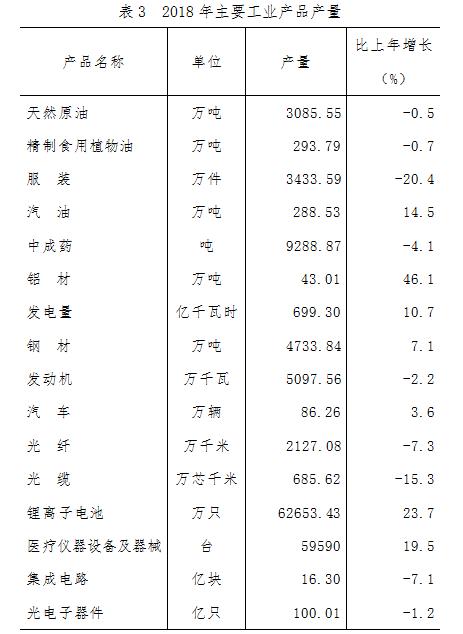
Production in the construction industry continued to decline.The total output value of the construction industry in the whole year was 379.110 billion yuan, down by 11.1%. The building construction area of construction enterprises is 133.7988 million square meters, of which the newly started area is 42.4925 million square meters. By the end of the year, there were 988 general contracting and professional contracting construction enterprises with special, first-class and second-class qualifications in the city, an increase of 134 over the end of last year.
Four, wholesale and retail and accommodation and catering
In 2018, the added value of wholesale and retail in the city was 236.145 billion yuan, an increase of 0.8%; The added value of accommodation and catering industry was 32.794 billion yuan, up by 4.5%.
The business market developed steadily.The annual sales of wholesale and retail commodities increased by 3.1%. The total retail sales of social consumer goods was 553.304 billion yuan, up by 1.7%. Among the commodities above designated size, the retail sales of petroleum and products increased by 10.8%, 6.8 percentage points faster than that of the previous year, driving the retail sales above designated size of the city to increase by 1.7 percentage points; Clothing, shoes, hats and knitted textiles increased by 10.5%; Furniture category increased by 6.1%; Grain, oil and food increased by 2.9%. There are 60 wholesale markets with a turnover of over 100 million yuan, with an annual turnover of 197 billion yuan.
The mass catering market continues to be active.The annual turnover of accommodation and catering industry increased by 10.8%, maintaining double-digit growth. Among them, the turnover of accommodation and catering industry below designated size increased by 12.1%, which was 1.3 percentage points faster than that of the whole city; The turnover of fast food above designated size increased by 8.8%, and the turnover of catering and distribution services increased by 45.8%.
V. Investment in fixed assets
Investment in fixed assets declined slightly.In 2018, investment in fixed assets (excluding farmers) decreased by 5.6% compared with the previous year in comparable terms. In terms of industries, investment in the primary industry decreased by 9.1%; Investment in the secondary industry decreased by 6.3%, and investment in the tertiary industry decreased by 5.3%. Investment in manufacturing industry decreased by 22.0%, of which computer communication and other electronic equipment manufacturing industry increased by 11.2% and automobile manufacturing industry increased by 7.0%.
In 2018, the city strictly implemented various national regulatory policies, and gradually established and improved a long-term mechanism for the development of the real estate market. The investment in real estate development increased by 8.6%. The sales area of commercial housing was 12,498,700 square meters, down by 15.7%, and the decline was 29.6 percentage points narrower than that of the previous year; Sales reached 200.662 billion yuan, down 11.7%, narrowing by 23.0 percentage points over the previous year.
VI. Transportation, Posts and Telecommunications
In 2018, the added value of transportation, warehousing and postal services in the city was 81.633 billion yuan, an increase of 3.1%.
Transportation has developed steadily.The annual freight volume was 535.4807 million tons, an increase of 1.0% over the previous year. Among them, there are 347,111,400 tons of roads, 92,477,000 tons of railways and 82,609,400 tons of water transportation. The turnover of goods was 198.428 billion tons kilometers, an increase of 2.3%. Among them, there are 40.41 billion tons of highways, 24.502 billion tons of railways and 132.66 billion tons of waterways. Passenger traffic was 192 million, an increase of 0.3%; Passenger turnover was 55.349 billion person-kilometers, an increase of 4.9%. Port cargo throughput was 508 million tons, up by 1.4%; The container throughput was 16.0069 million TEUs, an increase of 6.2%. The airport passenger throughput was 23,591,400 passengers, an increase of 12.3%; The cargo and mail throughput was 258,700 tons, down by 3.6%. By the end of the year, the number of civilian cars in the city was 2,986,900, including 2,501,400 private cars; There are 1,920,200 civilian cars, including 1,738,800 private cars.
The business volume of posts and telecommunications has doubled.The total postal and telecommunications business in the year was 85.105 billion yuan, up 1.1 times. Among them, the total telecommunications business was 73.571 billion yuan, up 1.4 times, 73.4 percentage points faster than the previous year; The total business volume of the postal industry was 11.534 billion yuan, an increase of 8.7%. By the end of the year, there were 16.485 million mobile phone users, an increase of 4.3%. There were 9.093 million Internet broadband access ports, an increase of 14.3%. There were 14.218 million mobile Internet users and 4.379 million fixed Internet users, up by 8.6% and 29% respectively.
VII. Finance
In 2018, the added value of the city’s financial industry was 196.689 billion yuan, an increase of 7.2%.
The balance of financial deposits and loans maintained growth.By the end of the year, the balance of local and foreign currency deposits of financial institutions (including foreign capital) in the city was 3,098.317 billion yuan, an increase of 4.236 billion yuan and 0.1% over the beginning of the year. The balance of various loans was 3,408.490 billion yuan, an increase of 243.909 billion yuan or 7.9% over the beginning of the year.
The securities trading market developed steadily.In 2018, there were 18 new domestic and overseas listed companies and New Third Board listed companies in the city, reaching a total of 259. At the end of the year, there were 5,167,800 securities accounts, an increase of 8.2% over the end of last year. The transaction volume of various securities in the whole year was 3,718.374 billion yuan, down by 14.6%. Among them, the stock trading volume was 1,766.173 billion yuan, down by 20.8%; The bond transaction volume was 1,693.048 billion yuan, down by 13.5%; The fund transaction volume was 252.6 billion yuan, an increase of 58.1%. The turnover in the futures market was 6,661.489 billion yuan, an increase of 10.2%.
The insurance market developed steadily.The original insurance premium income for the whole year was 55.998 billion yuan, down 0.9% from the previous year. Among them, life insurance premium income was 41.554 billion yuan, down 1.9%; Property insurance premium income was 14.444 billion yuan, up by 2.0%. The annual compensation was 16.414 billion yuan, an increase of 5.7% over the previous year. Among them, personal insurance paid 8.375 billion yuan, an increase of 3.1%; Property insurance paid 8.039 billion yuan, up 8.5%. By the end of the year, there were 3,936 insurance institutions and 98,600 insurance employees in the city.
Eight, development and opening up
Investment promotion has been solidly promoted.In 2018, the city introduced a total of 3,339 domestic-funded projects, and the actual utilization of domestic capital was 265.706 billion yuan. 524 manufacturing projects were introduced, with a capital of 17.663 billion yuan, accounting for 6.6%; 2,625 service industry projects were introduced, with a capital of 241.436 billion yuan, accounting for 90.9%, of which the capital of leasing and business services and financial services increased by 64.2% and 32.2% respectively. There are 1,088 foreign-invested enterprises newly approved in the city, with an increase of 14.4%. The contracted foreign capital is 24.649 billion US dollars, and the actual direct utilization of foreign capital is 4.851 billion US dollars.
Opening to the outside world has achieved positive results.Strengthen economic and trade cooperation with countries and regions along the "Belt and Road", build a two-way industrial cooperation base, continue to promote the construction of the expansion zone of China-Egypt Suez Economic and Trade Cooperation Zone, and make progress in the construction of advanced manufacturing industrial parks in China and Europe. In the whole year, 132 overseas enterprises and institutions were newly established, with Chinese investment of 2.105 billion US dollars. The newly signed contracts for foreign contracted projects amounted to US$ 4.45 billion, with a turnover of US$ 5.3 billion. By the end of the year, there were 16,900 foreign contracted projects and labor cooperation personnel.
The growth rate of foreign trade exports increased.In 2018, the city’s foreign trade import and export totaled 807.701 billion yuan, an increase of 5.6%. Among them, imports were 486.985 billion yuan, an increase of 3.8%; Exports reached 320.716 billion yuan, an increase of 8.6%, an increase of 7.4 percentage points over the previous year. General trade exports reached 155.571 billion yuan, an increase of 8.3%, 4.6 percentage points faster than the previous year; The export of processing trade was 142.638 billion yuan, up 6.9%, 6.9 percentage points faster than the previous year. Exports to Russia and ASEAN along the Belt and Road increased by 60.5% and 23.0% respectively, while exports to the United States and the European Union increased by 7.2% and 2.0% respectively.
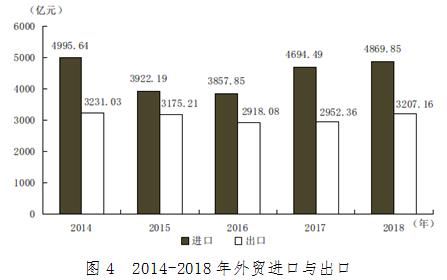
Reform and innovation in the Pilot Free Trade Zone continued to deepen.90 reform tasks and two batches of 175 institutional innovations were basically completed. The "Deep Reform Plan" was approved and implemented by the central government, and 84 of the 128 tasks have been completed, taking the lead in implementing innovative policies such as enterprise business license with one address and multiple certificates, and foreign debt facilitation of financial leasing special purpose companies. The Pilot Free Trade Zone has accumulated 51,000 newly registered market entities, which is 2.2 times the sum of the previous years; In 2018, the actual direct utilization of foreign capital was 1.551 billion US dollars, accounting for 32% of the city. Financial leasing and parallel imported automobile business continue to maintain the national leading level.
Tourism has developed rapidly.In the whole year, it received 1,983,100 inbound tourists, including 1,759,800 foreigners, and the foreign exchange income of inbound tourism was 1.11 billion US dollars. Received 227 million domestic tourists, an increase of 9.1% over the previous year; Domestic tourism revenue was 384.089 billion yuan, an increase of 16.7%. Residents of our city traveled abroad for 897,500 times, an increase of 85.1%. At the end of the year, there were 82 star-rated hotels and 104 scenic spots with Grade A and above in the city.
Nine, Beijing-Tianjin-Hebei coordinated development
The function of serving the non-capital and the construction of xiong’an new area have achieved remarkable results.Actively undertake the relief of Beijing’s non-capital functions, Binhai-Zhongguancun Science Park has registered 941 enterprises, and the construction of Beijing-Tianjin Cooperation Demonstration Zone, Baodi Beijing-Tianjin Zhongguancun Science and Technology City and Wuqing Beijing-Tianjin Industrial New City has been accelerated. The National Convention and Exhibition Center project has started construction, and a number of projects such as China Communications Construction Beijing-Tianjin-Hebei Regional Headquarters and China University of Nuclear Industry have signed contracts. Take the initiative to serve the construction and development of xiong’an new area, and speed up the implementation of eight aspects of the Tianjin-Hebei cooperation agreement. In the whole year, Beijing-Hebei enterprises invested 123.388 billion yuan in Tianjin, accounting for 46.4% of the actually utilized domestic capital in the city.
Breakthroughs in key areas are progressing smoothly.Infrastructure coordination was accelerated, Jinxiong Intercity was included in the national plan, the construction of Jingbin and Jingtang railways was accelerated, the preliminary work of Tianjin-Beijing new airport connection line was accelerated, the Beijing-Qinhuangdao Expressway Hebei-Tianjin connection line was opened, the eastern section of Tianjin-Shijiazhuang Expressway was started, and the first branch line around the Bohai Sea between Tianjin Port and Caofeidian Port was opened. The restrictions on small and minibuses with Beijing licenses in Tianjin are managed in the same city, and the "one card" of Beijing-Tianjin-Hebei traffic covers all bus and subway lines. The Beijing-Tianjin-Hebei (Tianjin) Comprehensive Reform Experimental Zone for Inspection and Quarantine was put into operation. The total import and export volume of Tianjin Port was 1,384.604 billion yuan, up 9.2%, of which the proportion of goods from Beijing and Hebei reached 30.2%, up 0.4 percentage points over the previous year. Industrial docking cooperation continued to deepen, and projects such as Beijing-Tianjin-Hebei Big Data Collaborative Processing Center and Xiqing Electronic City Data Center were smoothly promoted. The joint prevention, control and treatment of ecological and environmental protection have been continuously strengthened, and the action plan for comprehensive control of air pollution in autumn and winter in 2018-2019 has been introduced, and the coordinated control of regional atmosphere, water and soil has been deepened.
X. New Economy
The growth of new industries has accelerated.In 2018, among the industries above designated size, the added value of high-tech industries (manufacturing) increased by 4.4%, 2.0 percentage points faster than that of the whole city, accounting for 13.3%; The added value of strategic emerging industries increased by 3.1%, accounting for 21.8%, an increase of 1.0 percentage points over the previous year. Among the service industries above designated size, the operating income of strategic emerging service industry, high-tech service industry and science and technology service industry increased by 9.2%, 11.9% and 12.2% respectively, and the profit margins reached 8.5%, 7.3% and 7.5% respectively.
The output of new products is growing well.The output of new energy vehicles increased by 4.1 times, service robots and industrial robots increased by 94.3% and 20.0% respectively, and integrated circuit wafers, lithium-ion batteries, electronic components and computer machines increased by 44.1%, 23.7%, 22.8% and 12.4% respectively.
New formats are booming."internet plus" promotes the development of online and offline integration. In 2018, the express delivery business volume was 576 million pieces, up by 14.7%. The layout of new retail has been accelerated, and new retail convenience stores such as JD.COM Convenience Store, Tmall Store, Suning Store, Convenience Bee Store, Wheat Store and JD.COM X Unmanned Supermarket have sprung up rapidly. New retail fresh supermarkets such as 7FRESH in JD.COM, G-Super in Greenland and Baoyan Daojia have settled down and opened, and the first JD.COM X Future Restaurant in China has opened its doors in Tianjin Eco-city.
XI. Urban Construction and Public Utilities
The function of urban carrier has been continuously improved.The construction of subway was accelerated, Metro Lines 5 and 6 were opened to traffic, the east extension line of Line 1 was tested, and Lilou and Shuanglin stations were put into trial operation. The number of subway lines in the city increased to six, with a total mileage of 220 kilometers. The urban traffic network has been continuously improved, 49 urban roads with a total area of 1.9 million square meters have been renovated, and main roads such as Glory Road have been opened to traffic, and 95 new bus lines have been optimized, making our city the first batch of national transit metropolis demonstration cities. In 2001, the number of public transport passengers was 1.505 billion, of which 408 million were rail transit passengers, up by 15.9%. Eight urban parks, such as Beining and Tianjin Bay, were newly built and upgraded, and Shuixi Park, the largest urban park in the city, was opened. Newly built and renovated 375 public toilets. By the end of the year, the city’s highway mileage was 16,257 kilometers, including 1,262 kilometers of expressways.
The development of public utilities has achieved practical results.Complete the transformation of the old water-gas heating pipe network for 230 kilometers, implement the energy-saving transformation of existing residential buildings of 2.08 million square meters and the heating metering and energy-saving transformation of existing public buildings of 1.71 million square meters, and start the central heating ahead of schedule for the third consecutive year. The construction of sponge city and underground pipe gallery continued to advance, and the PPP project of sponge city in Jiefang South Road started. The electricity consumption of the whole society is 86.144 billion kWh, of which the domestic electricity consumption of urban and rural residents is 11.162 billion kWh.
XII. Education, Science and Technology
Education has developed steadily.112 kindergartens were newly built, rebuilt and expanded, and the third round of modernization standard construction of 300 compulsory education schools was completed. Our city became the first batch of pilot cities for comprehensive reform of "three-round education". By the end of the year, there were 56 ordinary colleges and universities, 92 secondary vocational education schools, 536 ordinary middle schools and 879 primary schools in the city. In the whole year, there were 24,800 graduate students, 68,100 students and 17,200 graduates. Ordinary colleges and universities enrolled 152,700 students, 523,300 students and 138,800 graduates. Secondary vocational education schools enrolled 34,500 students, 112,200 students and 37,700 graduates. Ordinary middle schools enrolled 146,100 students, 440,100 students and 129,400 graduates. There are 127,300 primary school students, 673,200 students and 98,900 graduates. There are 2,223 kindergartens with 262,900 children.
The innovation-driven strategy was implemented in depth.Successfully held the second World Intelligence Conference. Comprehensive innovation and reform will be deepened, national independent innovation demonstration zones will be built with high standards, a number of advanced manufacturing industry technology research institutes will be accelerated, and the construction of high-end think tanks such as China Engineering Science and Technology Development Strategy Research Institute and China New Generation Artificial Intelligence Development Strategy Research Institute will be promoted. Eight scientific and technological achievements in the city won the national science and technology awards, including one international cooperation award, one natural invention award and six scientific and technological progress awards. There are 2,331 municipal scientific and technological achievements registered, of which 94 belong to the international leading level and 262 reach the international advanced level. The prototype of "Tianhe-3" was successfully developed, and the 12-inch semiconductor silicon single crystal broke the international monopoly, and the diving depth of the underwater glider reached a new high. There are 5038 national high-tech enterprises, 55 leading enterprises in science and technology, and 279 new municipal "killer" and key new products. Start the construction of municipal technology innovation centers, newly put on record 25 municipal innovation spaces, and newly identified 24 municipal engineering technology research centers and 8 municipal science and technology business incubators. 99,000 patent applications were accepted throughout the year; There were 54,700 patents authorized, including 5,626 invention patents; At the end of the year, there were 168,900 valid patents, including 32,100 invention patents. At the end of the year, there were 13 national key laboratories, 12 national engineering (technology) research centers and 61 national enterprise technology centers in the city. In 2001, 11,315 technical contracts were signed, with a contract turnover of 72.5 billion yuan, an increase of 10.2%;The technology transaction volume was 55.3 billion yuan, an increase of 11.3%.
The pace of talent introduction has obviously accelerated.The action plan of "Haihe Talents" introduced 133,000 talents, including 47,000 skilled and qualified talents, and a group of top leading talents and high-level talents in urgent need gathered in Tianjin. There are 37 academicians in Tianjin, 10 new postdoctoral workstations, 339 postdoctoral mobile stations and workstations at the end of the year, and 394 new postdoctoral fellows.
XIII. Health, Culture and Sports
The level of public health services continued to improve.The pattern of graded diagnosis and treatment has basically taken shape. All secondary and tertiary hospitals and grass-roots medical and health institutions in the city have participated in the construction of medical associations and set up 10 professional specialist medical associations. The "Tianjin Health Sports Cloud Platform" was launched to dynamically monitor the physical condition of citizens. The contract service of family doctors was further improved, with 43,000 disabled elderly people signing contracts and 225,000 home visits. By the end of the year, there were 5,686 health institutions in the city. There are 566 hospitals and health centers. There are 68,200 beds in health institutions, including 64,600 in hospitals and health centers. There are 104,400 health technicians, including 43,000 licensed (assistant) doctors and 39,400 registered nurses.
Cultural undertakings have developed rapidly.Vigorously implement the project of benefiting the people through culture, hold the third citizens’ culture and art festival, and issue more than 20,000 citizens’ lifelong learning cards. A series of cultural activities were launched to celebrate the 40th anniversary of reform and opening up, and the TV series "Changed the World" was broadcasted nationwide. There are 100 district-level public libraries, 900 grass-roots service points, 464 exhibitions and 8.99 million visitors. By the end of the year, there were 103 performing arts groups, 17 cultural centers, 65 museums, 29 public libraries and 244 comprehensive cultural stations in towns and villages. There are 101 cinemas in the city, with 684 screens and more than 100,000 seats. In the whole year, the box office revenue of urban movies was 882 million yuan (including service fees), with more than 1.3 million screenings and more than 25 million people watching movies. In 2001, 92 million books, 26.92 million magazines and 321 million newspapers were published.
Excellent achievements in sports.In 2018, our athletes won 35 gold medals in domestic high-level competitions and 14 gold medals in international high-level competitions, including 7 gold medals, 6 silver medals and 3 bronze medals in the Asian Games in Jakarta. Tianjin women’s volleyball team won the national league championship for the 11th time. The national fitness program is rich and active, with 50,000 sports Huimin cards issued, and more than 1,200 fitness parks, fitness squares and sports parks built and renovated, and the 14th Tianjin Games was successfully held.
XIV. Population, Employment and People’s Life
The resident population increased slightly.By the end of 2018, the permanent population of the city was 15.596 million, an increase of 27,300 over the end of last year. Among them, there are 4,990,100 migrants, accounting for 32.0% of the city’s permanent population. Among the permanent residents, the urban population is 12,968,100, and the urbanization rate is 83.15%. The birth rate of permanent residents is 6.67‰, the death rate is 5.42‰, and the natural growth rate is 1.25‰. At the end of the year, the registered population of the city was 10,816,300.
The quality of employment has been further improved.We will implement 22 policies to promote college students’ entrepreneurship and employment, properly resettle and resolve employees of enterprises with excess capacity, and ensure that at least one person from zero-employment families and low-income families will achieve employment. The city will create 490,000 new jobs, and the registered urban unemployment rate will be 3.5% at the end of the year. By the end of the year, there were 8,965,600 employed people in the whole society. Among them, the number of migrant workers was 3,597,800, an increase of 16,000; The urban employed population was 7,142,100, an increase of 41,000. There are 600,700 employees in the primary industry, 2,850,200 employees in the secondary industry and 5,514,700 employees in the tertiary industry.
Residents’ income and expenditure grew steadily.Implement 17 measures to increase income. The per capita disposable income of residents in the city was 39,506 yuan, an increase of 6.7%. According to the place of permanent residence, the per capita disposable income of urban residents was 42,976 yuan, an increase of 6.7%; The per capita disposable income of rural residents was 23,065 yuan, an increase of 6.0%. The per capita consumption expenditure of residents in the city was 29,903 yuan, up by 7.4%, of which the expenditure on education, culture and entertainment, transportation and communication, and medical care increased by 18.4%, 14.3% and 12.0% respectively.
XV. Social Security and Social Assistance
The social security system has been continuously improved.Improve the unemployment insurance benefits standard, the basic pension subsidy standard for urban and rural residents, and the living allowance standard for the elderly in urban and rural areas, promote the expansion of medical insurance, and substantially increase the reimbursement limit for outpatient and emergency services of basic medical insurance. By the end of the year, the number of people participating in basic medical insurance in the city was 11,167,200, an increase of 282,700 over the end of last year; The number of people participating in basic old-age insurance was 8,443,100, an increase of 324,900; The number of people participating in industrial injury insurance for urban workers was 3,985,200, an increase of 31,900; 3,234,400 people participated in unemployment insurance for urban workers, an increase of 121,400; The number of people participating in maternity insurance for urban workers was 3,304,200, an increase of 334,700. 20,000 sets of affordable housing were built, 570,000 square meters of shantytown renovation was completed, and 1,300 blocks and 40 million square meters of old residential areas and distant housing were upgraded, benefiting 650,000 families. There are 5,000 dilapidated houses in rural areas, and a total of 30,000 poor peasant families live in peace and warmth.
The level of social assistance services continued to improve.We will improve the standards of urban and rural subsistence allowances, assistance to low-income families, special hardship support, and pensions for special care recipients, and build 30 day care centers for the elderly, covering more than 95% of old-age care institutions with the combination of medical care and nursing. By the end of the year, there were 1,301 day care service centers (stations) for the elderly in the city with 10,000 beds; There are 142,500 low-income residents in the city, 12 rescue stations and 7,656 rescue services. Social service organizations providing accommodation have 53,300 beds, and various service organizations adopted 31,800 people at the end of the year. In the whole year, 299,600 people participated in the basic medical insurance, 726,600 people received direct medical assistance, and the medical assistance fund expenditure was 646 million yuan. Subsidies for water, electricity and gas were distributed to 62,000 eligible disabled people.
Sixteen, poverty alleviation and ecological environmental protection
Accurate poverty alleviation has been further promoted.Strengthen the city’s difficult villages to help each other, arrange 1,000 difficult villages to develop economic support funds of 1.12 billion yuan, and distribute rental subsidies to 148,000 low-and middle-income families with housing difficulties. We formulated and implemented a three-year action plan to promote poverty alleviation cooperation and counterpart support between the east and the west in our city, arranged a budget of 2.57 billion yuan for counterpart support to provinces and cities in full, solidly promoted counterpart assistance to 82 counties (cities, districts), implemented 842 assistance projects, selected more than 1,100 cadres and talents, helped 20,000 poor people to achieve employment and income increase, and helped 10 poor counties to take the lead in getting rid of poverty.
Pollution prevention and control has achieved remarkable results.The first batch of red lines for ecological protection in China was delineated, and a red line was realized to control the ecological space. Actively implement environmental protection work such as coal to electricity and coal to gas, with a total investment of more than 30 billion yuan, involving 1.213 million households. Between the central city and Binhai New Area, 736 square kilometers of "double cities with green" ecological barrier is planned to be built, and 7,400 mu of greening task in the starting area is completed. The city added 380,000 mu of afforestation and 15 million square meters of newly-built green space. In-depth implementation of the "1+4" plan for wetland nature reserves will comprehensively upgrade and protect 875 square kilometers of wetlands such as Qilihai, Beidagang, Tuanbo and Dahuangbao. The air quality has obviously improved. The average annual concentration of PM2.5 in the city is 52 μ g/m3, down by 16.1% compared with the previous year, and the number of days of heavy pollution has decreased by 13 days compared with the previous year, the best level since monitoring in 2013. The proportion of surface water inferior to Grade V decreased by 15 percentage points over the previous year.
Note: 1. All data in this bulletin are preliminary statistics.
2. The absolute figures of the city’s GDP and the added value of various industries are calculated at current prices, and the growth rate is calculated at constant prices. According to the results of the third national agricultural census, the historical data of the city’s GDP and the proportion of added value of the three industries were revised.
3. Industrial enterprises above designated size refer to all corporate industrial enterprises with annual main business income of 20 million yuan or more.
4. Service enterprises above designated size refer to transportation, warehousing and postal services, information transmission, software and information technology services, real estate (excluding real estate development and operation), leasing and business services, scientific research and technical services, water conservancy, environment and public facilities management, education, health and social work legal entities with annual business income of 10 million yuan or more; Residents’ service, repair and other service industries, cultural, sports and entertainment legal entities with annual business income of 5 million yuan or more, or employees of 50 or more at the end of the year.
5. Wholesale enterprises above designated size refer to wholesale enterprises with annual main business income of 20 million yuan or more; Retail enterprises above designated size refer to retail enterprises with annual main business income of 5 million yuan or more; Accommodation and catering enterprises above designated size refer to accommodation and catering enterprises with annual main business income of 2 million yuan or more.
6. According to the results of the third national agricultural census and relevant regulations, the base of total retail sales of social consumer goods in 2017 will be revised, and the growth rate in 2018 will be calculated according to comparable caliber.
7. The statistical scope of fixed assets investment (excluding farmers) covers the investment in fixed assets projects and all real estate development projects with a planned total investment of 5 million yuan or more.
8. The total telecom business is calculated at 2015 prices.
9. The total business volume of the postal industry is calculated at 2010 prices.
Source:
The financial data in this bulletin comes from Tianjin Finance Bureau; The registration data of market entities comes from Tianjin Municipal Market Supervision and Management Committee; Transportation data comes from Tianjin Transportation Committee; Motor vehicle data comes from Tianjin Public Security Traffic Management Bureau; Postal data comes from Tianjin Postal Administration; Telecom data comes from Tianjin Communications Administration; Culture and tourism data come from Tianjin Culture and Tourism Bureau; Data of deposits and loans come from Tianjin Branch of China People’s Bank; The data of listed companies come from Tianjin Financial Work Bureau; Securities and futures data come from Tianjin Supervision Bureau of China Securities Regulatory Commission; Insurance data comes from Tianjin Supervision Bureau of Bank of China Insurance Regulatory Commission; Data on the utilization of foreign capital, overseas investment, foreign contracted projects and foreign labor cooperation come from Tianjin Municipal Bureau of Commerce. Import and export data from Tianjin Customs; Using domestic data from Tianjin Municipal People’s Government Cooperation and Exchange Office; Electricity consumption data comes from Tianjin Electric Power Company; Education data comes from Tianjin Education Commission; Scientific and technological innovation data comes from Tianjin Science and Technology Bureau; Patent data comes from Tianjin Intellectual Property Office; The data of talents, new employment and social security come from Tianjin Human Resources and Social Security Bureau. Medical insurance data comes from Tianjin Medical Security Bureau; Medical and health data come from Tianjin Health and Wellness Committee; Sports data comes from Tianjin Sports Bureau; The data of registered population comes from Tianjin Public Security Bureau; The data of social assistance service comes from Tianjin Civil Affairs Bureau; Environmental protection data comes from Tianjin Ecological Environment Bureau; Other data come from Tianjin Municipal Bureau of Statistics and Tianjin Investigation Corps of National Bureau of Statistics.
